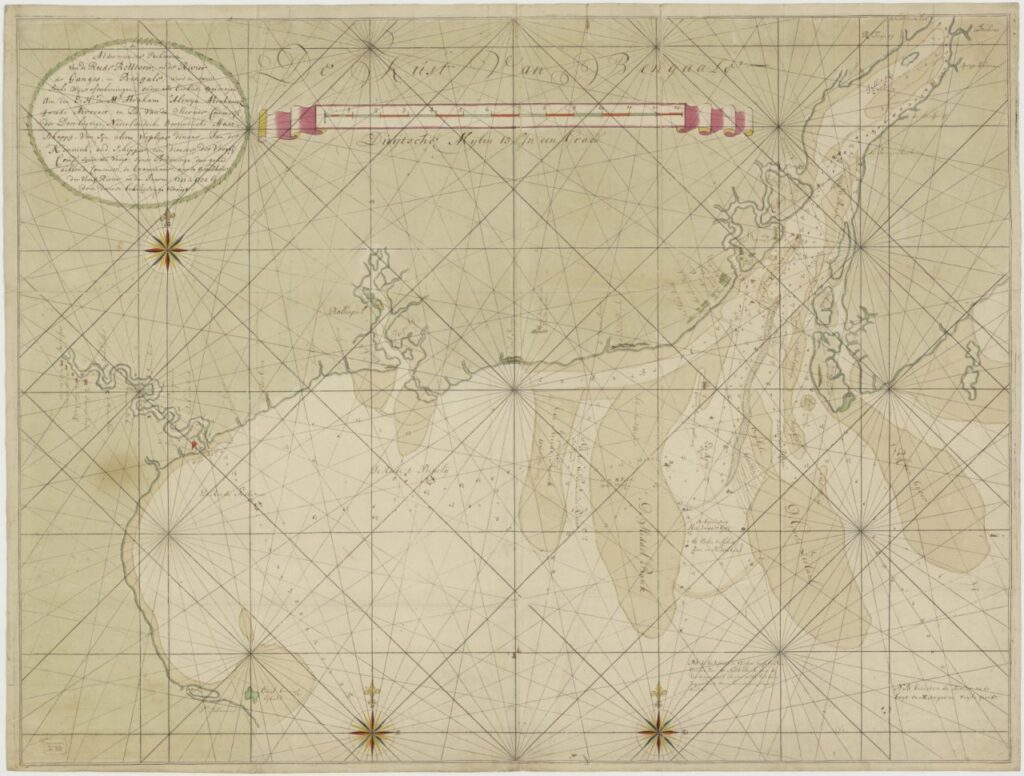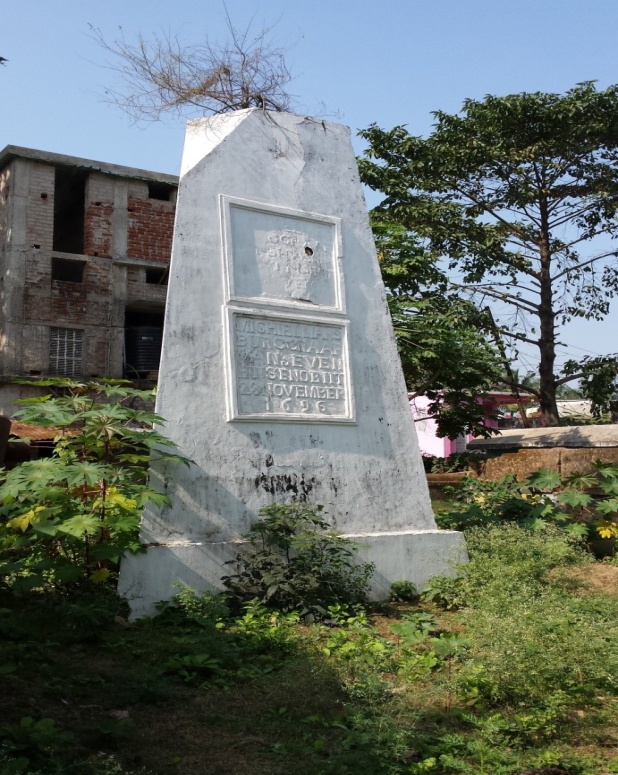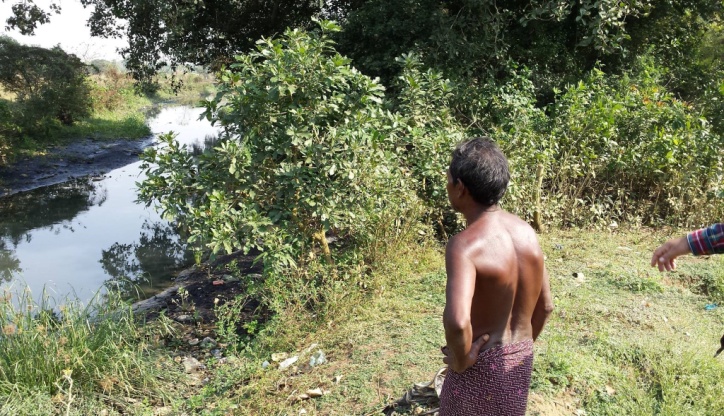
As stated, hardly any objects or memories remain of the presence of the Dutch in Odisha. Where did they go and why? What happened and why is so little evidence left? In 2015 Naveen Patnaik, chief minister of Odisha since March 2000 (!), inaugurated a splendid maritime museum by the riverside at Cuttack town. Sadly, the museum could not present information on overseas trade during the 17th and 18th centuries, since, according to its Director, little knowledge and objects were available. Below, whatever was available so far is summarized.
The VOC was founded in 1602 at Amsterdam, and began to set up a chain of trade posts all along the Indian East coast as rapid as possible. In Odisha they first settled at Pipely, in 1616. At Pipely a harbour had been constructed in the 15th century under the former Afghan rulers of Bengal, and connected via an inland channel system from Tamluk in Bengal to Baliapal in Odisha, by the river Subarnarekha in northern Odisha. This was necessary because of the dangerous seafaring conditions around the mouth of the Ganges. Originally, the harbour was called Shahbandar, until the Mughal empire took over. At Pipeli the Dutch shared the cemetery and other facilities with the Muslims (2). The Dutch had a lodge and a saltpetre factory there. The saltpetre was shipped to Holland, while rice and clarified butter were sent to the VOC centre at Batavia, and slaves were to provide for the work force in J.P. Coen’s scheme for developing and securing Dutch colonies in Indonesia.

Remains at Olandaz Sahi, Baleshwar. Obelisk in the backyard of Biribati Girls College (built on old foundation of the Dutch factory)
Otherwise, trade from Pipely mainly concerned textiles from Bengal and Odisha. In 1627 the VOC established their trade office for Orixa there, but had to leave it in 1635 already, due to the horrible weather conditions as well as to silting up of the river. The main office was shifted to Chinsurah (now: Chuchura), by the Houghly river in West Bengal. Over there, however, a serious conflict arose with the local authorities. As a result, the transit trade via Houghly to and from other places in the North was blocked. Because of this, Houghly had to be closed temporarily in 1636 (3). Eventually the problem was solved with two firmans (concessions) in 1636 and 1636 from the emperor Shah Jahan, allowing transit trade from Piply and Baleshwar via Bengal to other parts of Northern India, while avoiding Houghly. Only saltpetre and slaves were exempted from trade. By 1646, Pipely had firmly established itself as a transit office, and soon afterwards shifted their VOC by-office for Orixa to ‘Bellesoor’ (Baleshwar), with a small factory.
In 1633 the VOC attempted to set up another factory in the old harbour of Hariharpur, by the north of the Chilka Lake, but this was abandoned soon due to “inadequate opportunities of trade” (4).

From Baliapal and nearby Balaramgadi (on the way to Baleshwar), only some steel anchors remain, dug up from the mud.
Odisha State Museum, Bhubaneswar
In 1655, The Batavia Council of the VOC decided to increase the importance of Bengal trade. This worked out very well, and as Houghly grew, the factory at Pipely became less important, and was abolished eventually. So there is hardly anything left to remind us, because the river had changed course so much, that the harbour soon sank into the mud (5).


Remains at Olandaz Sahi, Baleshwar: landing stage at the former warehouse: excavated in 1990-1991 by OIMSEAS (6); channel dug to and from the Burhabalanga river.
After 1991 the rest of Olanda Sahi was torn down, and replaced. Mainly, the study by OIMSEAS concerned the wreck of a small transport boat buried at the landing stage. Maybe the boat was overloaded, as the Dutch were vacating the place, but no one knows for sure. The boat and its contents had rotten away. No other structures and memories of the Dutch remained; except for the name of the ward where some traders, guards and other employees once lived or visited.
Footnotes
1 Title in the Leupe Catalogue of the Dutch National Archives: “De aldernieuste paskaerten van de reede Bellesoor en de rivier de Ganges in Bengale” (the latest maps of the roads Balasore and the mouth of the river Ganges in Bengal), in 1721 and 1722.
2 Breet, M., en Barend-van Haeften, Marijke (2003): De Oost-Indië voyagie van Wouter Schouten. Walburg Pers, Zutphen, pp. 325-333 (English translation available).
3 Prakash, Om (1985): The Dutch East India Company and the economy of Bengal, 1630-1720. Princeton University Press, pp. 37-38
4 – ibid.-, pp. 39-40
5 Das Mohapatra, Lalatendu (2010). Commerce in Orissa 1600-1800. Prafulla: Kolkata.
6 Patel, C.B.: Olandaz Sahi excavation. In: Sunil Kumar Patnaik (ed. 2014): Buddhism and maritime heritage of South-East Asia. Delhi: Pratibha Prakashan, pp. 176-177.